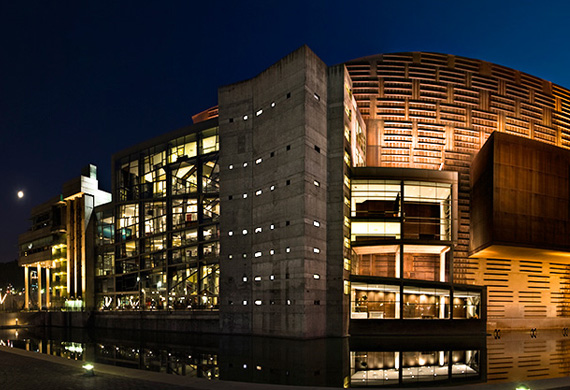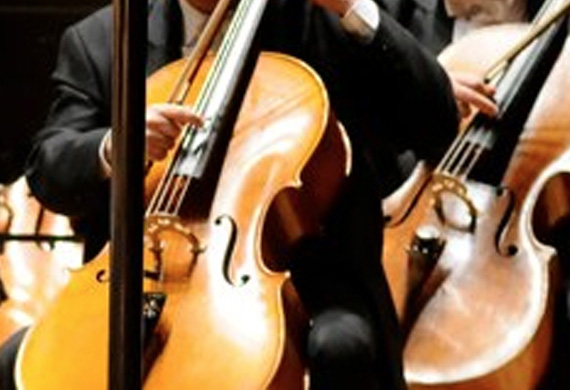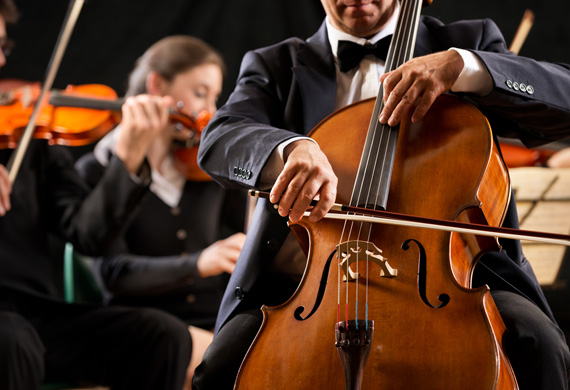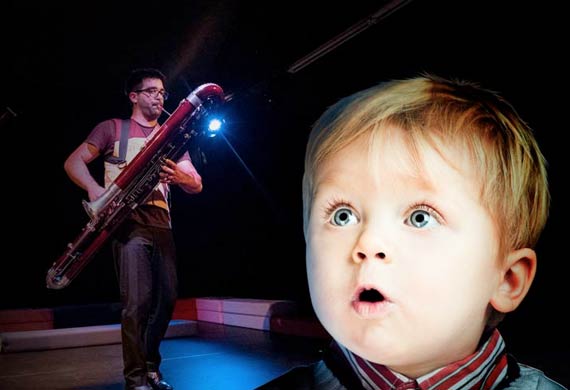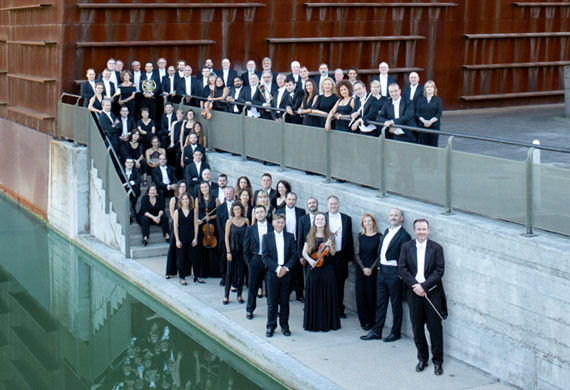Concerts

Temporada ABAO-2012-2013
Tosca
Tosca
Libretto by Giuseppe Giacosa and Luigi Illica, based on La Tosca by Victorien Sardou
Music by Giacomo Puccini
First performed in the Teatro Costanzi (Costanzi opera house) on 14 January 1900
Mario Cavaradossi, a painter – Massimo Giordano* (tenor)
Il Barone (Baron) Scarpia, Chief of Police – Falk Struckmann*(baritone)
Cesare Angelotti, an escaped political prisoner – Miguel Ángel Zapatero (bass)
Il Sagrestano – Valeriano Lanchas*(bass)
Spoletta, a policeman – Vicenç Esteve (tenor)
Sciarrone, a policeman – José Manuel Díaz (bass)
Un carceriere (a jailer) – David Aguayo (bass)
Un pastore (a shepherd boy) – Leyre Mesa (treble)
Director musical: Bertrand de Billy*
Director de escena: Nuria Espert
Director del coro: Boris Dujin
Producción ABAO-OLBE y Teatro Real
DATES
- 19 January 2013 Palacio Euskalduna 20:00 h.
- 22 January 2013 Palacio Euskalduna 20:00 h.
- 25 January 2013 Palacio Euskalduna 20:00 h.
- 28 January 2013 Palacio Euskalduna 20:00 h.
Venta de abonos, a partír del 24 de junio.
Venta de entradas, a partir del 16 de septiembre.
Meet here all the advantages of being BOS subscriber
Tosca
An opera lirica (lyrical opera) in three acts
Libretto by Giuseppe Giacosa and Luigi Illica, based on La Tosca by Victorien Sardou
Music by Giacomo Puccini
First performed in the Teatro Costanzi (Costanzi opera house) on 14 January 1900
Floria Tosca, a famous singer– Violeta Urmana (soprano)
Mario Cavaradossi, a painter – Massimo Giordano* (tenor)
Il Barone (Baron) Scarpia, Chief of Police – Falk Struckmann*(baritone)
Cesare Angelotti, an escaped political prisoner – Miguel Ángel Zapatero (bass)
Il Sagrestano – Valeriano Lanchas*(bass)
Spoletta, a policeman – Vicenç Esteve (tenor)
Sciarrone, a policeman – José Manuel Díaz (bass)
Un carceriere (a jailer) – David Aguayo (bass)
Un pastore (a shepherd boy) – Leyre Mesa (treble)
Place: Rome, 1800
Act I
One June day in 1800, Cesare Angelotti, a revolutionary who had been Consul of the Republic of Rome and is now a political prisoner, seeks refuge in the central nave of the church of Sant’Andrea della Valle, in Rome. He hunts around until he finds the key to a chapel belonging to the Attavanti family and hides in it. In come a sacristan and Cavaradossi, a painter who is working on a portrait of a beautiful, blonde, blue-eyed Madonna. The sacristan thinks he recognizes in her a woman who had been praying in the church a few days ago. Actually the praying was a subterfuge by the Marchesa (Marchioness) Attavanti so as to hide a key for her brother Angelotti. The painter compares the Madonna’s features with the eyes of his beloved, singer Floria Tosca.
When the sacristan goes outside, Angelotti emerges from his hiding-place, faint with hunger. The painter, a Republican sympathizer, promises to help him escape from Rome. Angelotti quickly hides again on hearing the voice of Tosca calling from outside. She has heard her lover’s voice and suspects him of a liaison with another woman. Cavaradossi assures her of his fidelity and they make plans to meet at their love-nest in the nearby countryside.
Once Tosca has gone, Angelotti re-emerges disguised as a woman in clothes left in the chapel for him by his sister, the Marchesa Attavanti. Just then a canon shot is fired from the castle of Sant’Angelo: his captors have noticed he has gone missing. Swiftly, Cavaradossi decides to take Angelotti to the house in the country and hide him there. They run out of the church just before the sacristan re-enters, full of the news of Napoleon’s defeat.
Fearsome Barone Scarpia, Chief of the Papal Police, appears in the doorway, looking for clues to Angelotti’s whereabouts, and everything points to the painter as the one who helped him get away. Tosca arrives in search of her beloved and she runs into Scarpia, who has lusted after her for some time. Scarpia, seeing the stupefied look on Tosca’s face when she learns Cavaradossi isn’t there, picks up a fan of Marquesa Attavanti’s that Angelotti had forgotten in his haste, hinting to the singer that the painter must have run off with her. Blinded by jealousy, Tosca hurries off to the country house, followed at a distance by the henchmen of Scarpia, who believes he has already achieved his aims: to have Cavaradossi behind bars and Tosca in his arms.
Act II
Scarpia is dining in his suite of rooms in the Farnese Palace, and outlines his plan for getting his way with Tosca. Enter Spoletta, one of Scarpia’s assassins, to inform him that they followed her to the painter’s house and there was no trace of Angelotti, but they have arrested Cavaradossi. Scarpia questions the painter, but he denies having had anything to do with Angelotti, despite the cruel Chief of Police’s threats. Enter Tosca, who has been called by Scarpia. She clings to her beloved while he asks her not to say anything about what she’s seen in the country house. A judge and an executioner lead Cavaradossi away, while Tosca is also interrogated. The pressure on Tosca mounts when she hears the cries of Cavaradossi, who is being tortured. Unable to bear it any longer, she yields the secret of Angelotti’s hiding-place: the well in the garden of the villa. Then Sciarrone, a minion of Scarpia, brings the news that Napoleon succeeded in altering the course of the battle, which ended in victory for him. Incensed, Scarpia sentences the painter to death. Spoletta comes in to report that Angelotti killed himself on seeing that he was trapped and that all is ready for the painter’s execution. Tosca realizes she is cornered, and must give Scarpia what he wants if she is to save her beloved. As part of her bargain with him, she demands a safe-conduct out of the Papal States for herself and her lover. Scarpia agrees, knowing Cavaradossi is not going to need it: in Tosca’s presence, he instructed Spoletta to fake Cavaradossi’s execution, but in such a way that Spoletta understood it was to be for real. As the Chief of Police signs the document Tosca notices a knife lying on the table and when he makes a pass at her, she plunges it into his chest, killing him almost instantly. Tosca places a crucifix next to his corpse and takes the safe-conduct.
Act III
At first light a shepherd is singing and the church bells of Rome are being rung. Under arrest in the castle of Sant’Angelo, Cavaradossi writes a despairing letter of farewell to Tosca. In comes the singer accompanied by the jailer, who has agreed that the woman can be present at the execution. She shows the painter Scarpia’s safe-conduct for him as well as herself. The two regain their hope of being able to flee, so she recommends that he fall as if he had really been shot. The firing squad shoots and Cavaradossi slumps to the ground. Tosca goes to ask him not to move until they have all gone, then she realizes he has really been executed. Spoletta’s shouts are heard as he finds Scarpia dead. All the Chief of Police’s henchmen converge on Tosca, but she runs to the rampart and jumps over the edge.
Marc Heilbron, ABAO-OLBE Season Book 2012-13
Calendar of Events
Related events
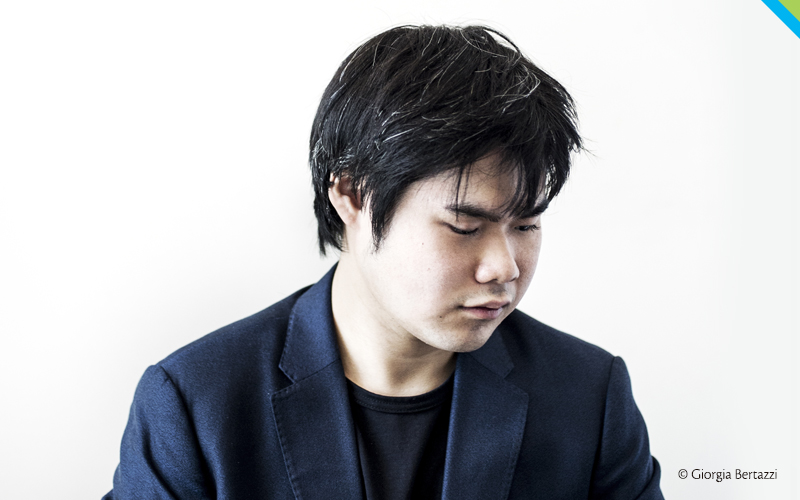
Nobu y la Sinfonía fantástica
Place: Euskalduna Bilbao
El arquetipo del artista romántico es la idea sobre la que gira obsesivamente la Sinfonía fantástica de Berlioz, una obra que fue definida por Bernstein como el primer ejemplo de música psicodélica de la historia, y con la que cerramos nuestro ciclo de Mitos. El otro gran atractivo del programa será el regreso del pianista japonés Nobu, después de su inolvidable primera visita. Esta vez con el Concierto en Sol de Ravel, en el 150 aniversario del compositor.
Tatsuya Shimono, director
Nobuyuki Tsujii, piano
I
MAURICE RAVEL (1875 – 1937)
Pavane pour une infante défunte
Concerto para piano y orquesta en Sol Mayor
I. Allegramente
II. Adagio assai
III. Presto
Nobuyuki Tsujii, piano
II
HECTOR BERLIOZ (1803 – 1869)
Sinfonía fantástica Op. 14
I. Ensueños y pasiones (Largo.Allegro agitato e appassionato assai)
II. El baile (Allegro non troppo)
III. Escena campestre (Adagio)
IV. Marcha al suplicio (Allegretto non troppo)
Dur: 105’ (aprox.)
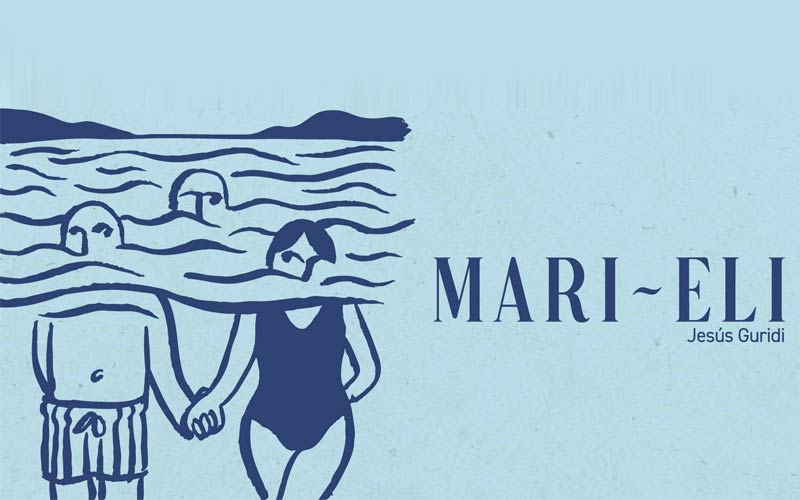
Mari-Eli
Place: Teatro Arriaga
La zarzuela Mari-Eli, de Jesús Guridi, se estrenó en Madrid en abril de 1936 y se representó ya después de la Guerra Civil, en 1941, en Bilbao, dentro de la Temporada Lírica de la Sociedad Coral de Bilbao. Es una obra que nos muestra a un Guridi diferente en cuanto al carácter de la obra, pero muy reconocible por la calidad de su escritura musical. Jesús Mª Arozamena describe a Mari-Eli como «zarzuela euskara con aires de mar, con unas melodías pegadizas y pasajes cómicos, muy del gusto de la época».
Este espectáculo Mari-Eli, producido por el Teatro Arriaga y con la colaboración especial de la Fundación BBK, supone una recuperación musicológica de primer orden, una mirada de hoy a una zarzuela con muchos referentes propios del género, que cobrará una dimensión absolutamente diferente bajo la dirección escénica de Calixto Bieito. La participación de la Sociedad Coral de Bilbao, tan ligada a Guridi, simboliza hoy la vigencia de la transmisión del canto coral y la apuesta del Teatro Arriaga por reivindicarlo y potenciarlo. La recuperación de la partitura original de Guridi ha sido promovida por la Sociedad Coral de Bilbao que ha contado para ello con la colaboración del Gobierno Vasco y de la Diputación Foral de Bizkaia.
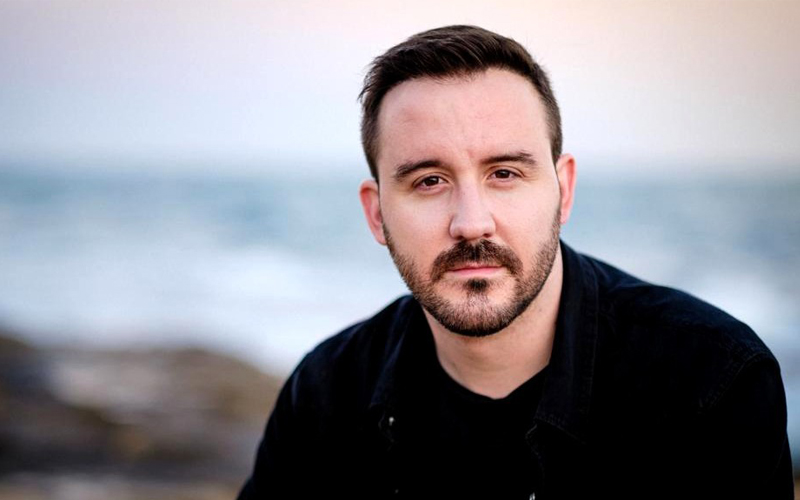
Cámara 9
Place: Euskalduna Bilbao
N. Rimsky-Kórsakov: Quinteto en Si bemol Mayor
Quinteto de viento con piano BOS
R. Mollá: Gudari
Gudari M. de Jorge Artells: Aintzinako Jakituria
Ensemble BOS
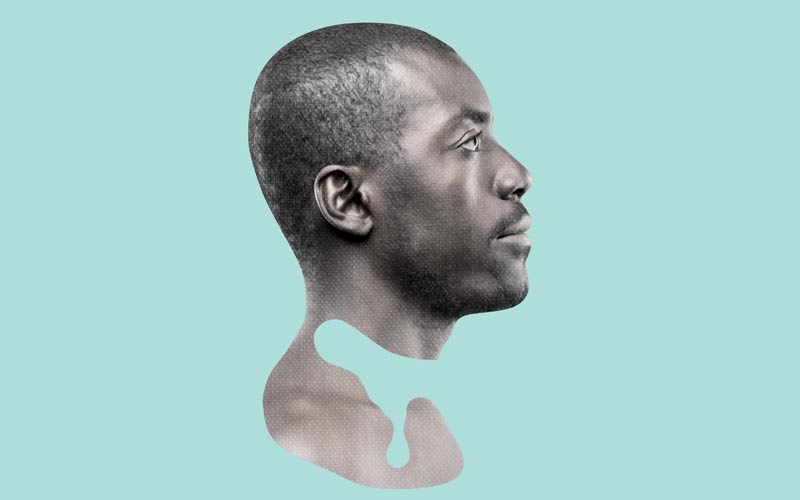
OTELLO
Place: Euskalduna Bilbao
Clausura la temporada en mayo una auténtica explosión de tensión musical y teatral, Otello de Verdi. Es un título imprescindible, penúltima ópera del compositor, cuya fuerza musical, arrebatadora e incesante, la atraviesa desde el primer compás.
En esta historia trágica e inmortal el amor, los celos, el racismo, la ambición, la manipulación y el engaño, se entrelazan en el penúltimo título del repertorio verdiano, basada en el drama homónimo de William Shakespeare que constituye un gran homenaje al autor inglés más universal.
La parte musical está a cargo del director italiano Francesco Ivan Ciampa, que se pone al frente de la Bilbao Orkestra Sinfonikoa para sacar el máximo partido a esta partitura que marca el punto más alto de la evolución del genio de Busseto.

